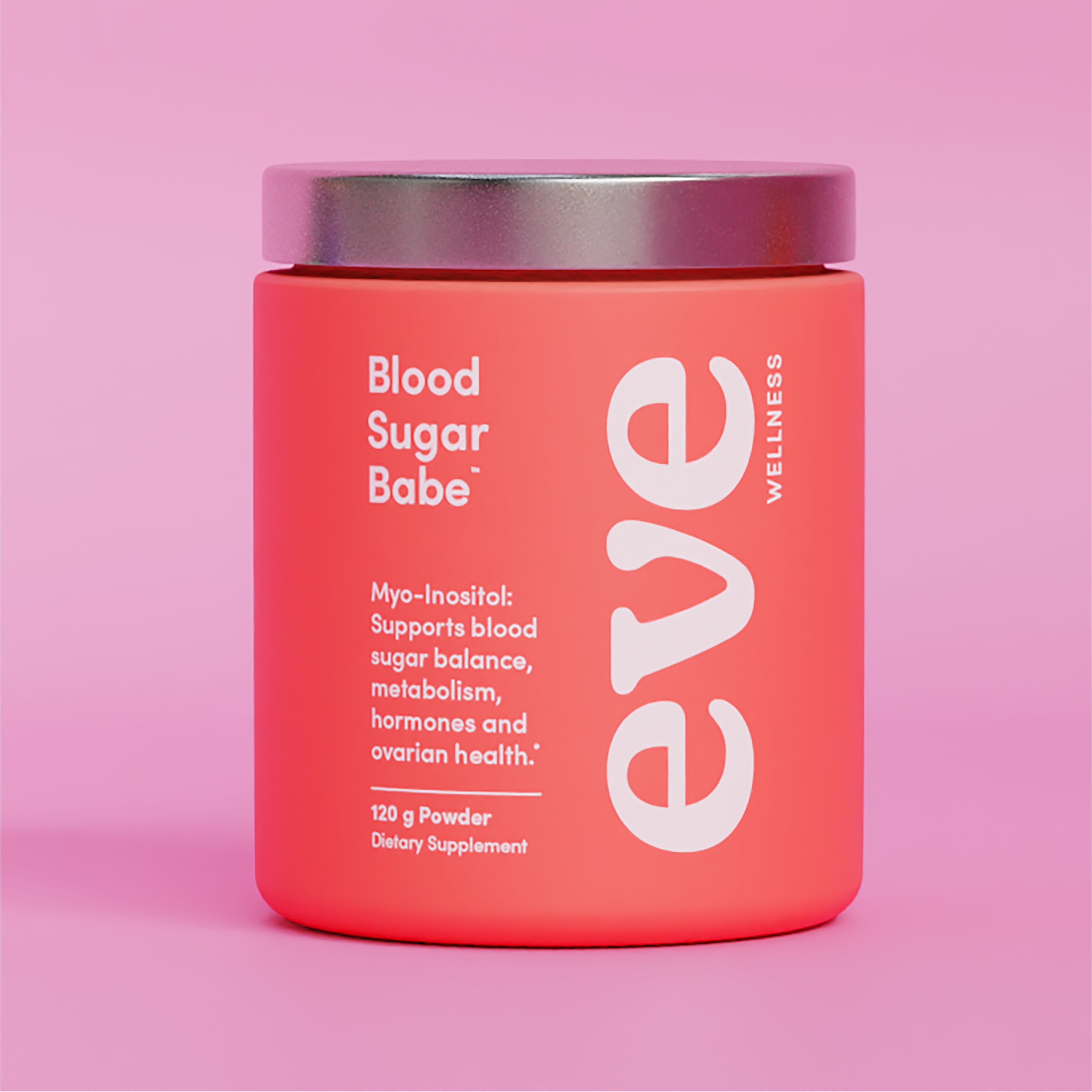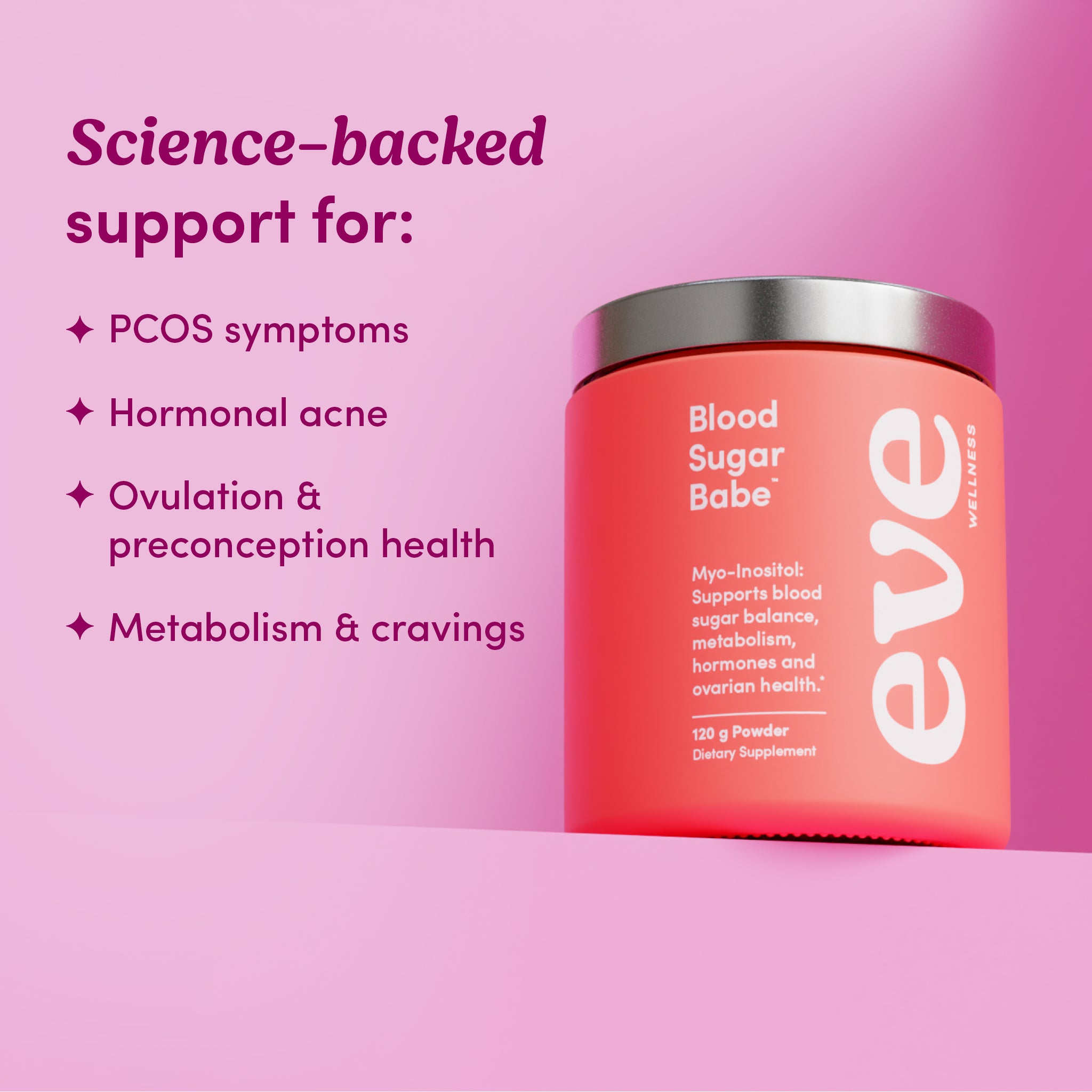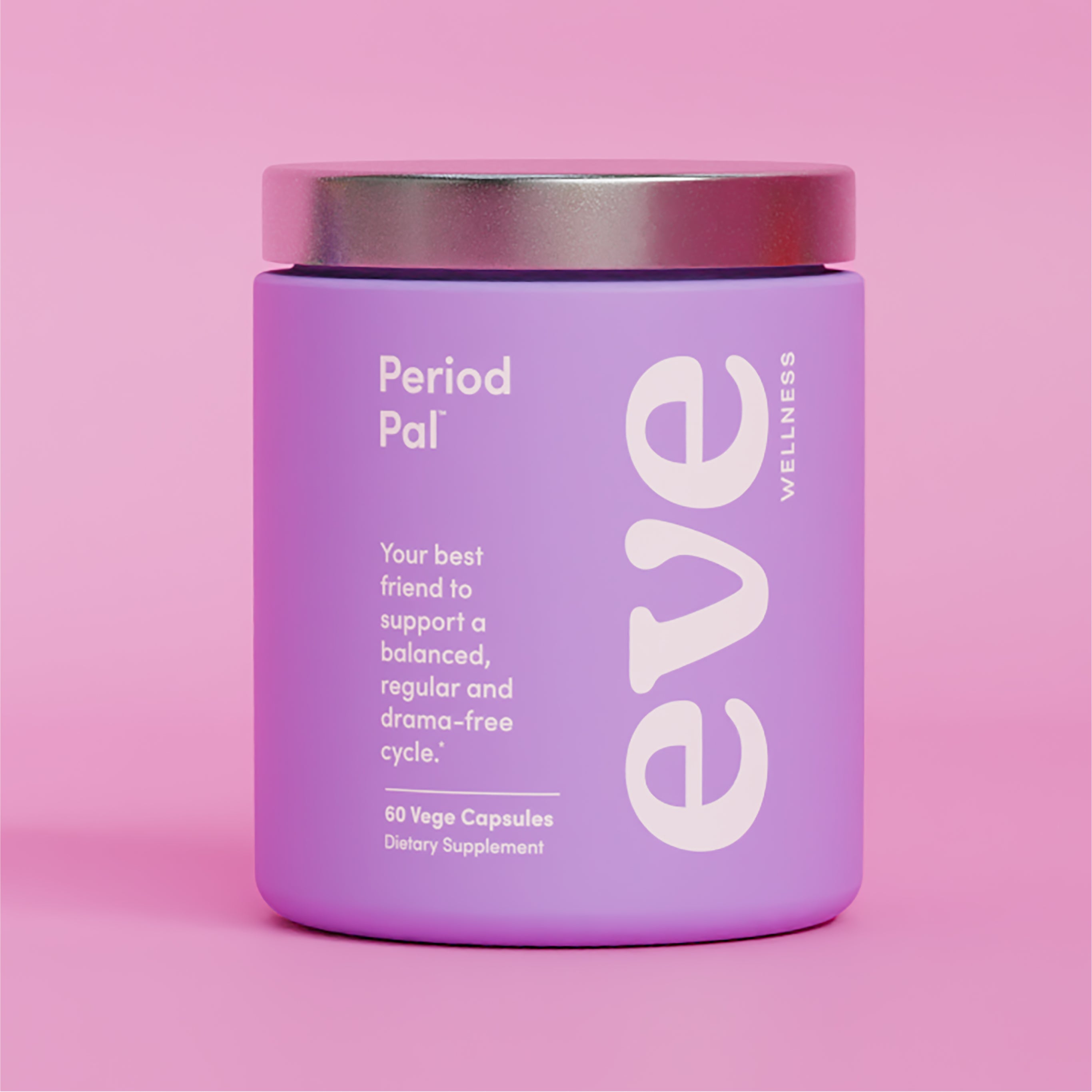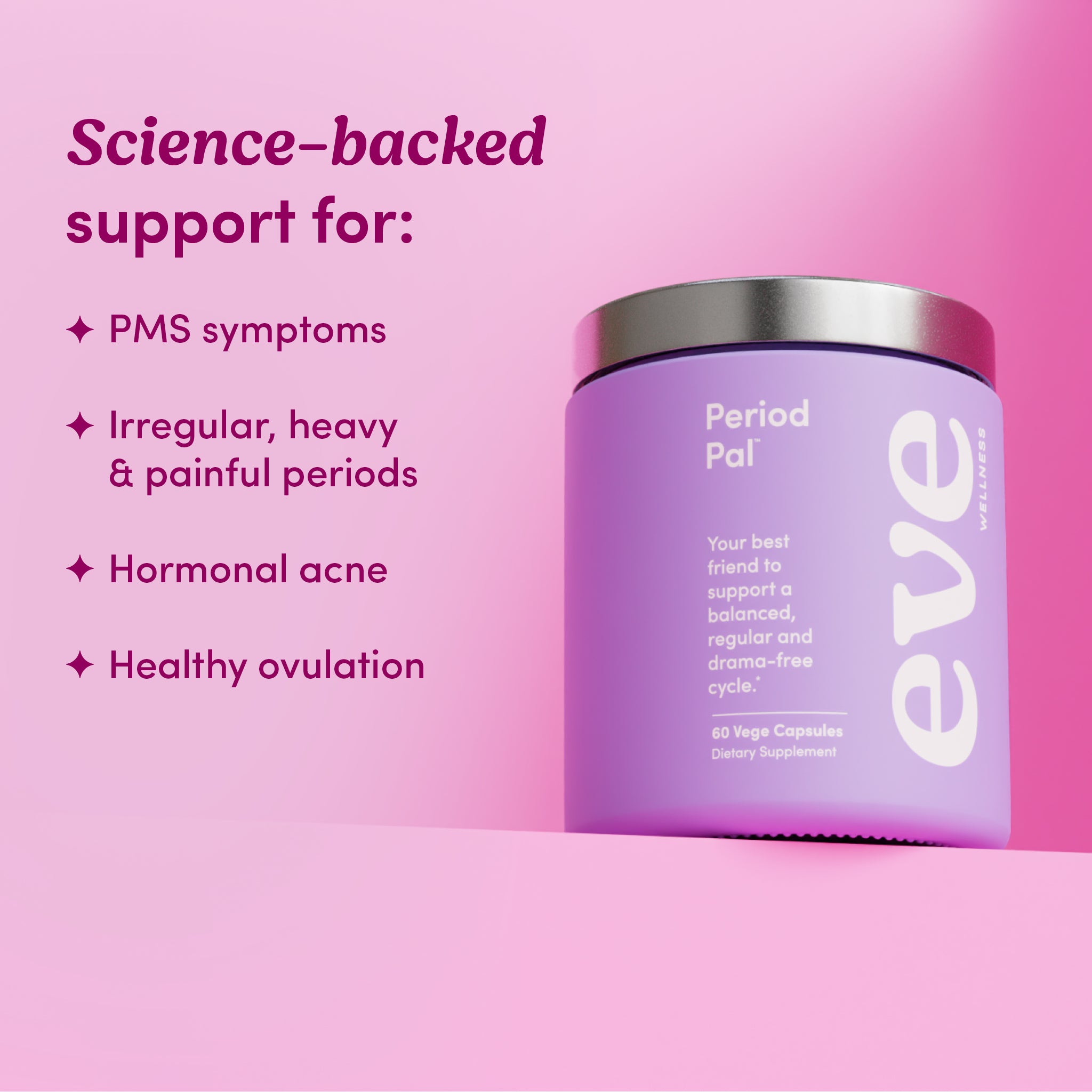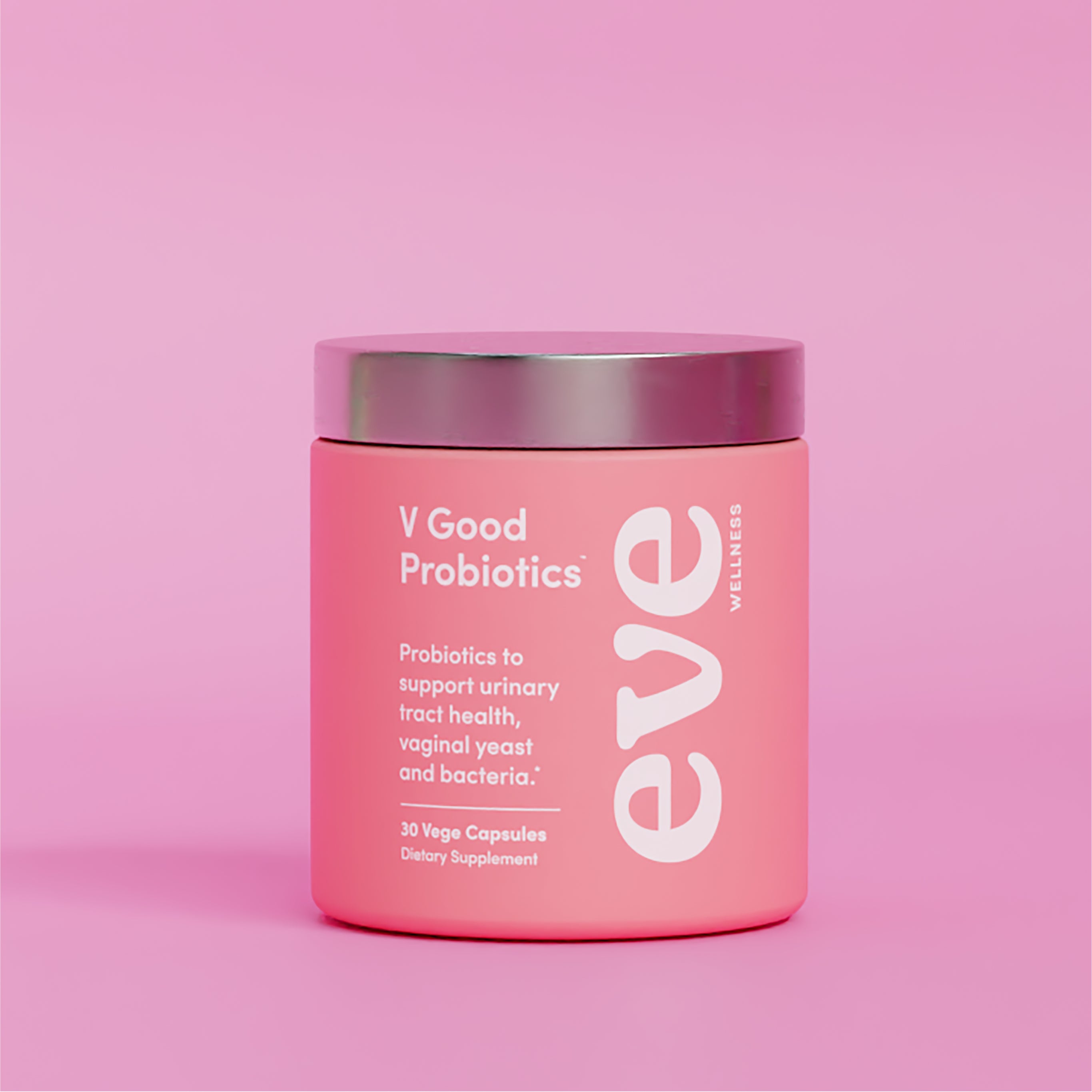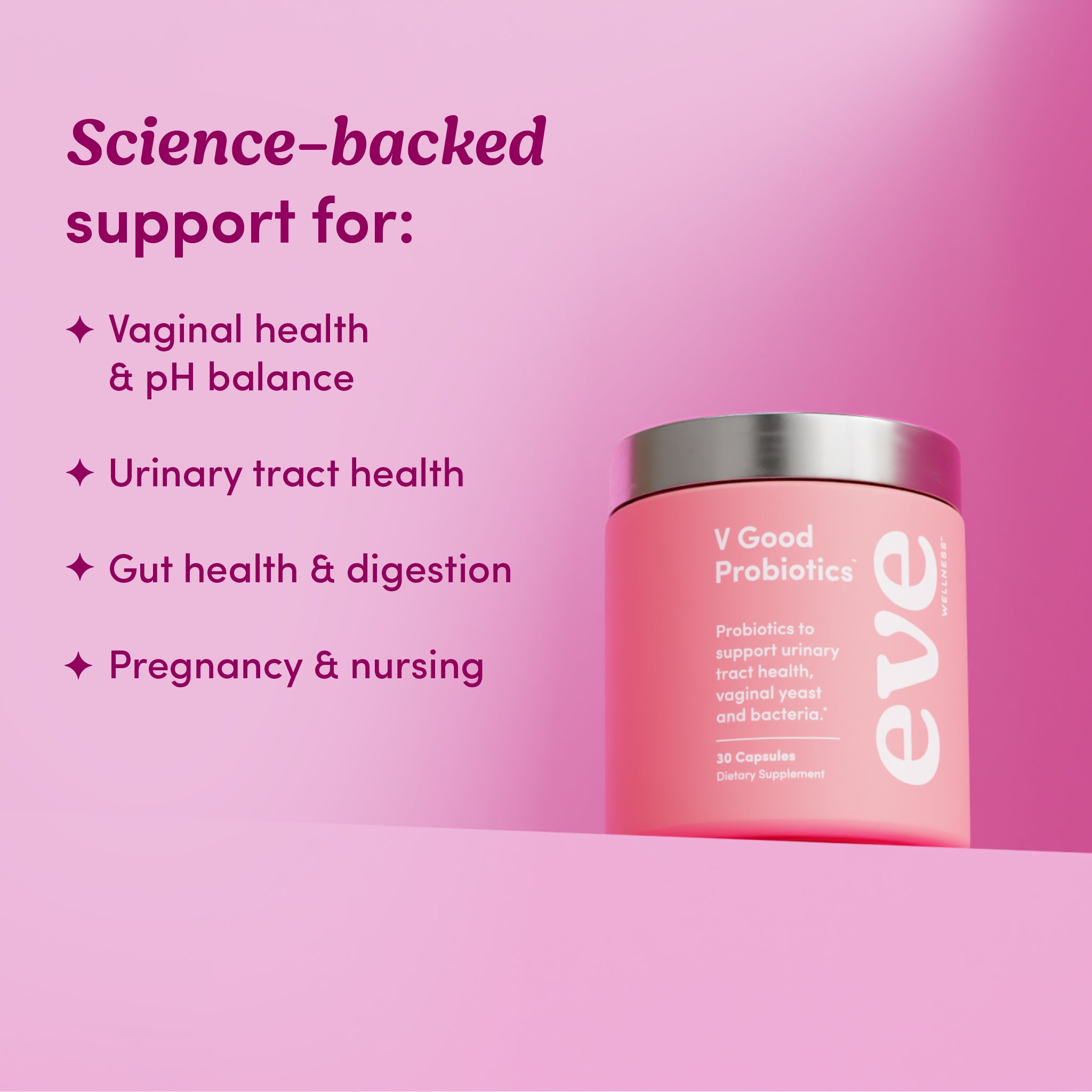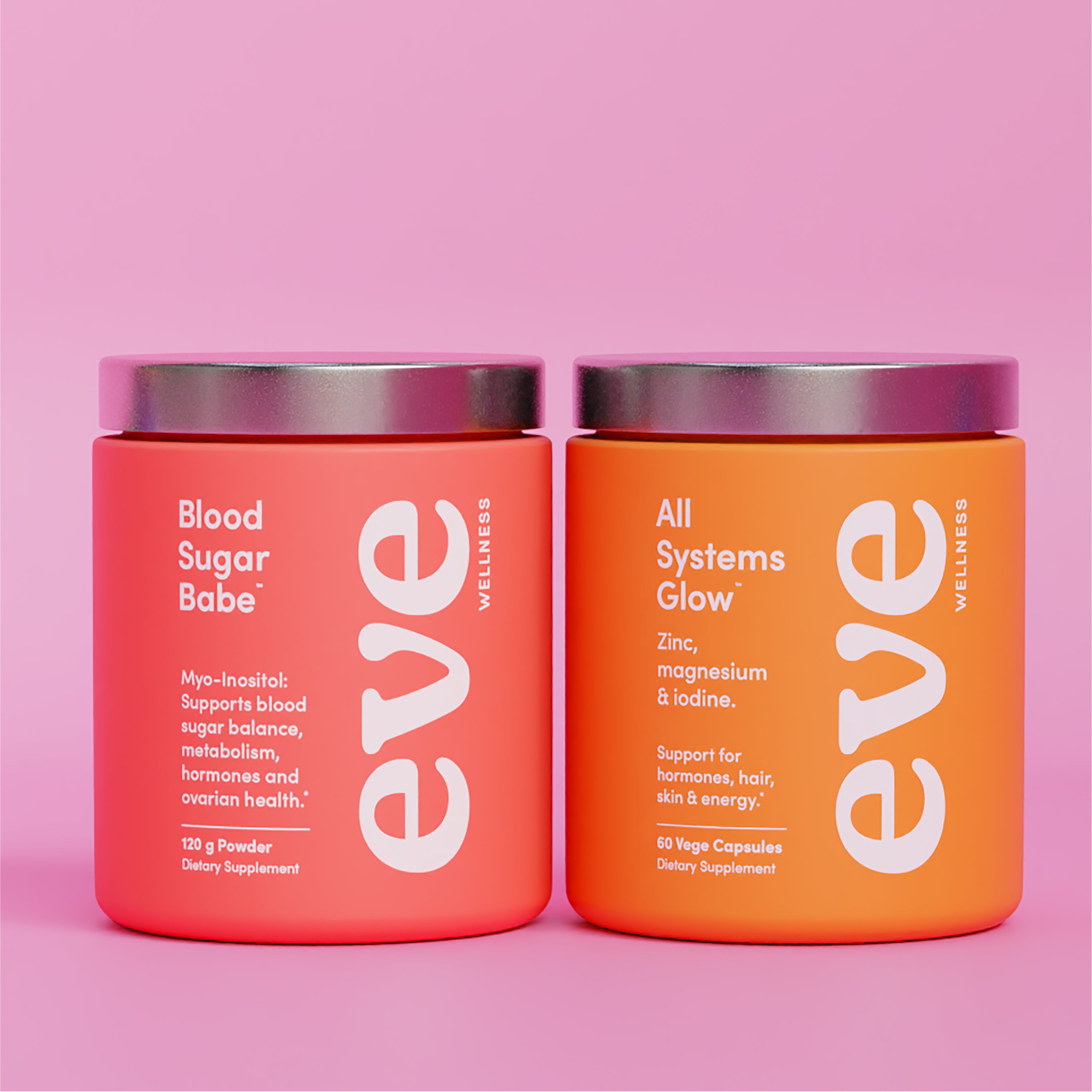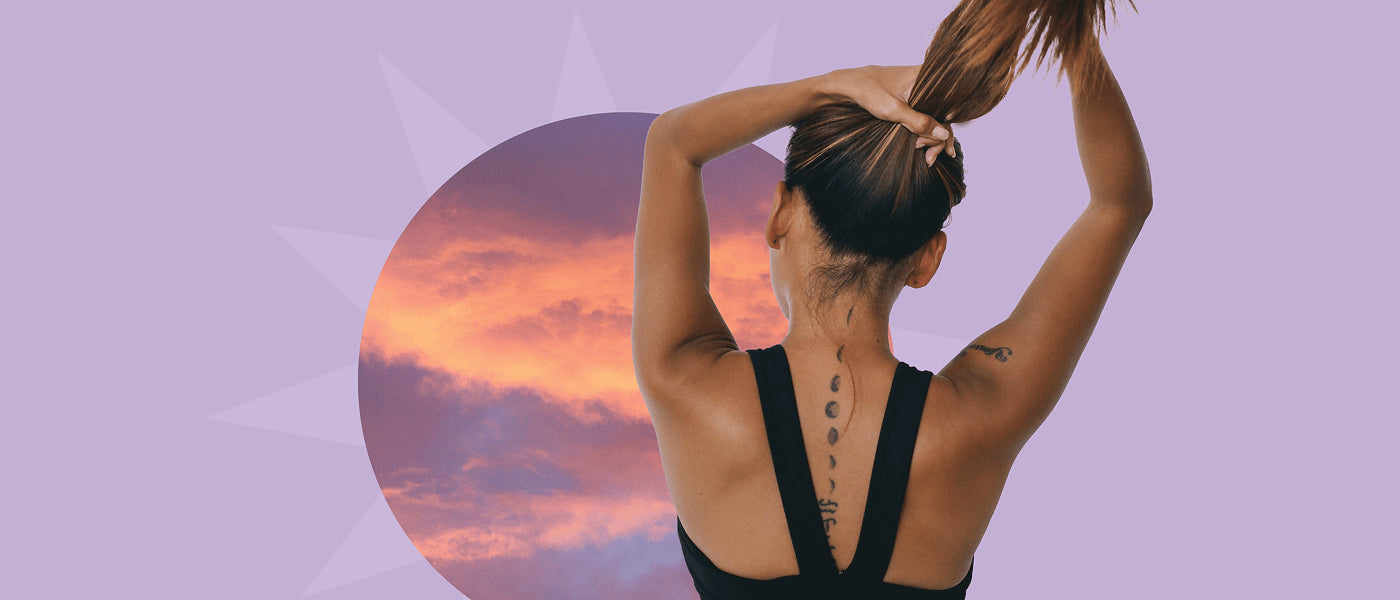Before we get into breaking down HIIT vs hot yoga, let’s learn some foundations that will help you figure out what movement is right for you, at what times.
There are four phases to your menstrual cycle. Each represents a change in our intricate hormone balance and has different hormones running the show.
Each phase has a slightly different vibe and once you tune into it, you’ll start to notice distinct differences in your energy levels, moods and desires throughout the month.
Different forms of exercise (such as HIIT, strength training, yoga etc.) have different benefits for our health and fitness goals. Mixing up your training is a fantastic idea; but this is really something we should be doing across a monthly schedule instead of a weekly one.
The ebbs and flows of our hormones affect our physiology in more ways than we might imagine, including:
- Carbohydrate tolerance;
- Metabolism;
- Stamina;
- Strength, and so much more.
These factors can have a pretty huge impact on how we respond to, and recover from exercise.
The following guide to exercise throughout your cycle is based on an average 28 day cycle, yours might not be ‘average’ and that’s totally cool. Just like no two bodies are the same, no two menstrual cycles are the same either. Generally, any cycle length between 21-35 days is considered normal. Increase or decrease the estimated days to fit your ‘normal’ as best you can.
PERIOD & EARLY FOLLICULAR PHASE (ROUGHLY DAYS 1-6)
The first day of your cycle is your first day of real bleeding.At this time of the month what’s right for you is going to vary both person to person and month to month.
During menstruation, oestrogen and progesterone are at their lowest levels which makes our glycogen stores (stored carbohydrates) more easily accessible as a fuel source.
Metabolically speaking, this would be a great time for some cardio movement.
But during this introspective phase, with often lower energy levels (and moods), cardio might be the last thing that feels aligned with where we’re at.
Here are some good options for the early phase of your cycle:
- Some women might be down for a boxing or dance class;
- Others find walking or yoga great for the mind as well as helping to ease any lingering period pain;
- Some of us will feel entirely wiped out and really just need to rest with a nap and Netflix.
Do what feels right for you but be sure to be gentle, kind and loving with yourself during this more tender phase.
FOLLICULAR PHASE (ROUGHLY DAYS 6-13)
The follicular phase of your cycle is generally a pretty great time—your period has been and gone, along with any pain or symptoms that came with it, and oestrogen and testosterone are on the rise; making us feel confident, energetic and sexy.
During the follicular phase, our bodies preferred fuel source is stored glycogen (carbs) and we are our most insulin sensitive, meaning we use carbohydrates for energy better.
If there’s ever a good time to smash a HIIT session and refuel with a bowl of (preferably gluten free) pasta - it’s now.
In the follicular phase here’s what you need to know to help plan your workouts:
- Our hormones can handle burpees and box jumps during this phase - as long as we keep our workouts reasonably short: 30 mins or less.
- Training in this high intensity zone beyond the 30 minute mark is going to deplete our glycogen stores, stress our adrenals and force cortisol to come to the party which our hormones don’t want.
- Heated vinyasa yoga is a great alternative option: the hotter temperature gets the heart pumping and sweat flowing (a great detoxification channel).
OVULATION (ROUGHLY DAYS 14-16)
Around the time of ovulation, both oestrogen and testosterone are at their peak. Not only does our fertility and libido peak with them, our strength does too.
This is the best time of your cycle for strength training. If lifting heavy is your thing, you are more likely to achieve a personal best at this time than any other time of the month - how great is that?
Some exercise options to take advantage of this increased strength:
- BodyPump or weights-based workouts;
- Head along to a kettlebells class;
- If you don’t love the gym, try resistance training at home with moves like lunges, squats, push ups etc.
- But be aware., research has also found that the hormone changes taking place during ovulation can affect our joint laxity and collagen structure.
This means we are as much as four to eight times more likely to injure at this time of the month. So it’s more important than any other time to warm up, stretch, and recover properly.
LUTEAL PHASE (ROUGHLY DAYS 15-28)
The progesterone surge that happens after we ovulate raises our core body temperature by around 0.3-0.6 degrees celsius. When our body temperature ramps up - so does our metabolism.
We are now burning more energy at rest than we were prior to ovulation.
Listening to your hormones during this phase, means chilling on the exercise, eating a little bit more; or both. We’re also going to fatigue faster and need more recovery time between sessions.
During this phase we are more insulin resistant than the follicular phase, and our bodies prefer to run on fat for fuel rather than stored carbohydrates.
Some tips to help you plan your luteal workouts:
- If your energy levels are feeling ok, you can train actually for a longer duration, provided you take the intensity down a notch.
- Focus on low intensity exercises: we love yoga (preferably not hot or heated as this comes under the ‘more intense’ umbrella).
- Other options are walking, gentle body weight strength training and pilates.
- Beyond exercising for the physical benefits, gentle movement can be incredibly beneficial for our mood and any other PMS symptoms that might start to rear their head later in the luteal phase.
Need some extra support? Meet Period Pal - every woman's best friend to support a balanced, regular and drama-free cycle.
